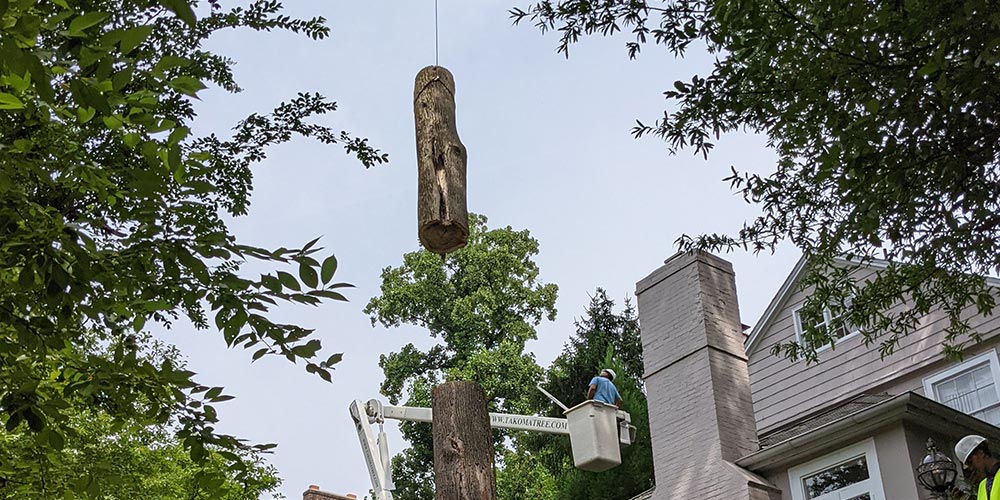
How to Choose the Trees to Plant on Your Yard
Planting the right tree in place is a huge investment in landscaping, which is why it is important to choose wisely. When there are hundreds of available varieties you can choose from in nurseries, the task of choosing one might seem exhausting. There are guides that will lead you step-by-step through the best criteria you can consider, helping you look for the right trees you can plant in your yard.
When you contact arborist services for tree pruning, you can tell them about each tree in your yard because you were the one who planted them. You cannot just plant any tree in your yard because there are considerations to make. Read on.
Size Up a Growing Space
The planting area size is critical when you are choosing a tree. You should consider the space where you want to plant a tree. Is the planting spot close to a fence, building, or other plants? If yes, you need to measure the amount of room it has for a tree to fill without restricting its growth.
Check the location’s height potential; if there are power lines overhead, you should make sure that the tree will not touch them once it is fully grown.
Function
Different trees serve a lot of different functions. For instance, deciduous shade trees make your home cooler in the summer and let the winter sun heat homes when they lose leaves, while evergreens provide a windbreak or screen for privacy, and shrubs or fruit trees provide food for the wildlife or owner. An arborist can help homeowners choose the right tree according to the desired function and landscape.
Tolerance
You need to think locally and research the kind of trees that are thriving in your region. You can use available resources to search for native trees in your area. The agriculture department can tell you about the local planting zone. However, always remember that climate change is changing these zones quickly. Therefore, you might want to choose a tree that is able to tolerate higher heat or intense droughts. Local arborists might be able to help you with that.
Match the Growing Conditions
Make sure to note the hardiness zone, which is helpful in narrowing down choices to trees that is able to survive winters. After that, take note of the growing conditions of the plant site, especially with the amount of light it receives, the type of soil, and natural moisture. For instance, other trees grow better in loose and sandy soils while other trees are going to tolerate heavier clay soil. A lot of trees demand being under the sun all day for better growth and a few of them flourish in dappled shade.
You would have to carefully choose a tree that is more suited to the existing conditions, or do what you can so you can make sure the size is suitable to the tree you are thinking of growing.
Care and Maintenance it Requires
Matching a tree to the property conditions will go a long way to minimizing maintenance. If the tree you planted likes moisture and rich soil in a rocky and dry area, it is going to need plenty of fertilizer and irrigation so it can perform well. A tree that is too big for your space requires pruning to maintain its size. If you really want a tree that is perfect for the environment you have, the extra maintenance is worth it for keeping the tree healthy.
You can contact tree services Chevy Chase anytime if you need tree pruning for the trees in your yard.
